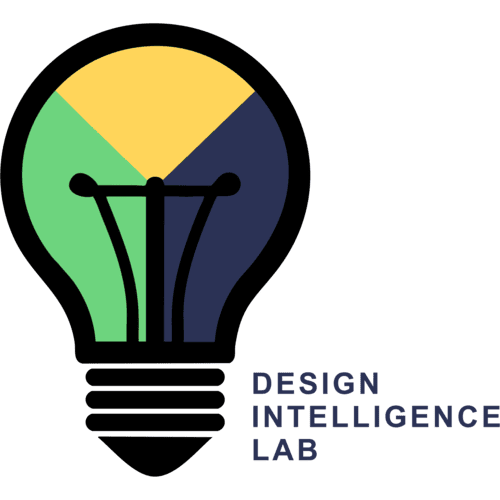Abstract
Some of the common critiques against the classical approach of transfer have put the spotlight on questions related to the conditions that facilitate transfer, the context of instruction, and the pertinent cues that learners need to be able to identify that signal the application of appropriate problem solving strategies. This study looks at transfer from two alternate perspectives in a study of middle school science students. Instruction is organized around Structure-Behavior-Function (SBF) as a conceptual representation to support learning about different complex systems within a technology-rich environment. Our results suggest that technological affordances and use of SBF as a conceptual framework, prepares students to be “better prepared for transfer”.
Understanding the Why and Uncovering the How; Transfer of Conceptual Representations
